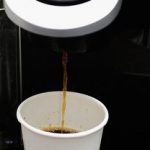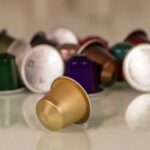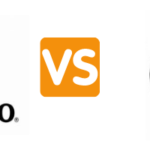Do you like coffee and its varieties? If so, then you may be wondering which brewing method is suitable for you: Pour-over coffee vs Keurig? This blog post will compare Pour-over coffee vs Keurig and help you decide which one is best for your needs.
Contents
Pour-Over Coffee vs Keurig General Overview
Two of the most popular methods of making coffee are Pour-Over Coffee and Keurig. Both methods have unique benefits that can make your coffee-drinking experience more enjoyable.
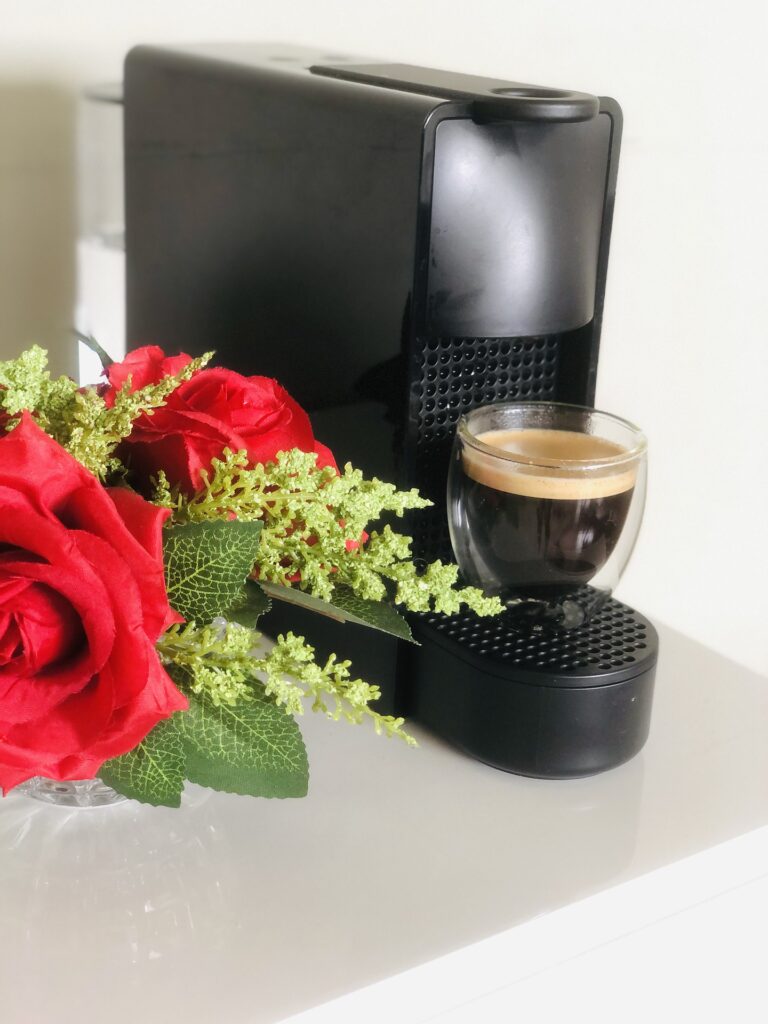
Pour-Over coffee is a manual brewing method that gives you more control over the flavor of your coffee. This method is more hands-on, so it requires more time and effort than Keurig.
Keurig is an automatic brewing method that is less hands-on than Pour-Over coffee. This method is faster and easier to use, so it is more convenient for busy people who want to enjoy a cup of coffee without spending too much time on the brewing process.
Pour-Over Coffee
Pour-over coffee is a manual brewing method that has increased in popularity in recent years. It is a simple process: hot water is poured over and dissolves ground coffee beans filtered through a cone-shaped filter into a cup or carafe.
Pour-over coffee produces a rich, full-bodied cup of coffee with more flavor and complexity than coffee brewed with a Keurig. It is also more environmentally friendly, as there is no need for single-use K-cups.
Ingredients for Pour-Over Coffee
To make coffee using the pour-over method, you will need:
- Freshly ground coffee beans
- A filter cone and filter paper
- A kettle, a Chemex, or a Bialetti Moka pot of hot water
- A carafe or cup
Brewing Instructions
- Put a filter in the cone and place it on a cup or carafe.
- Measure out the desired amount of ground coffee beans. For a single cup, use about ¼ cup; for a carafe, use about ½ cup.
- Pour hot water in a spiral motion over the grounds, saturating them.
- Wait a few minutes for the coffee to bloom.
- Remove the filter cone with coffee grounds and enjoy.
Benefits of Pour-Over Coffee
Pour-over coffee has many benefits that make it an excellent brewing method for coffee lovers, which include:
- Pour-over coffee is more environmentally friendly than Keurig.
- It’s a simple process that does not require any fancy equipment.
- You can make a single cup or a carafe of coffee with pour-over.
Disadvantages of Pour-Over Coffee
- It is a more hands-on brewing method, requiring more time and effort than Keurig.
- It can be challenging to achieve the same level of consistency with pour-over coffee as you can with Keurig.
Keurig Coffee
Keurig coffee is a popular type of single-serve coffee that is brewed using Keurig coffee makers. Keurig machines use K-cups, small disposable cartridges filled with ground coffee that are individually sealed for freshness and flavor.
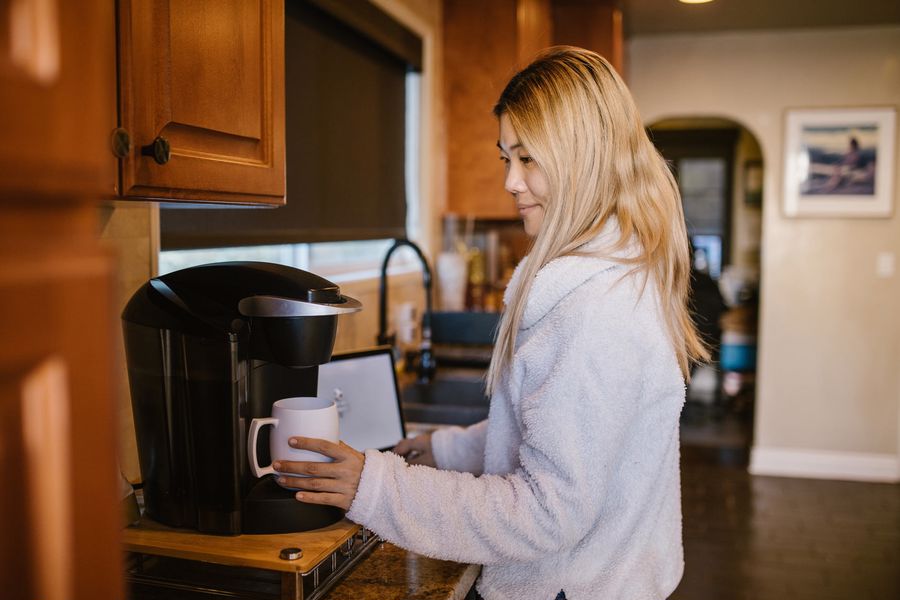
Although it can be expensive, Keurig coffee is convenient and easy to use, the cups are not always recyclable. Keurig coffee also tends to be weaker and less flavorful than pour-over coffee.
Ingredients for Keurig Coffee
To make Keurig coffee, you will need:
- A Keurig machine
- K-cups, filled with ground coffee
- Water
- A cup or mug
Brewing Instructions
- Place a K-cup in the Keurig machine.
- Fill the water reservoir with water.
- Close the lid and choose your desired cup size.
- Press start and wait for your coffee to brew.
Discard the used K-cup and repeat as necessary. You can also reuse K-cups by filling them with your ground coffee.
Benefits of Keurig Coffee
- It is a fast and easy way to make a single cup of coffee. Keurig machines are incredibly user-friendly and can make a cup of coffee in just minutes.
- Keurig machines also come in various brew sizes, so you can choose the perfect cup size for your needs.
- Keurig machines can make multiple cups of coffee, while pour-over coffee makers can only make one cup.
- Another benefit of Keurig coffee is that the Keurig machines use K-Cups, which are pre-packaged coffee pods containing the perfect amount of coffee grounds for a single cup. You don’t have to measure out the coffee grounds yourself, and it also eliminates the need to clean up any coffee grinds.
Disadvantages of Keurig Coffee
- It can be more expensive than other brewing methods.
- The K-cups are not always recyclable.
- The coffee is often weaker and less flavorful than other brewing methods.
Pour-Over Coffee vs Keurig
Both Pour-over and Keurig each have their unique takes on flavor and how much work goes into making a single cup vs multiple ones depending upon which method you choose.
Similarities Between Pour-Over Coffee and Keurig Coffee
- Both require hot water to brew coffee
- A filter is needed for both types of coffee
- Both types of coffee can be made using a variety of different flavors and variations
Differences Between Pour-Over Coffee and Keurig Coffee
Pour-over and Keurig coffees might look similar, although there is a clear distinction in taste, appearance, brewing process, waste production, price, strength, and convenience.
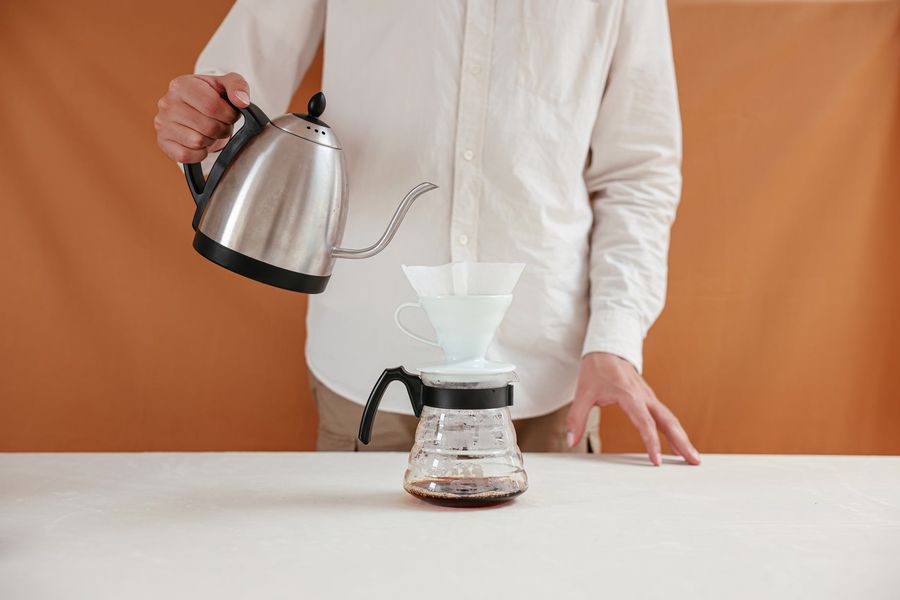
Taste
Both Keurig and pour-over coffee have their pros and cons when it comes to taste. Some people prefer the taste of Keurig coffee because it is consistent and can be customized with different pods.
Pour-over coffee is often described as being more flavorful because the grounds are fresh; however, this also means that the flavor can vary each time you make a cup.
Texture
Keurig coffee is known for its smooth, even texture, whereas pour-over coffee can sometimes be gritty or have grounds in it. This texture partly depends on the quality of the beans and how well they were ground.
Brewing Process
The brewing process is also different for these two types of coffee. With Keurig, you have to insert a pod and press a button – it’s straightforward and convenient.
Pour-over coffee takes more time and effort because you have to carefully measure the water and grounds, stir them, and then wait for the coffee to drip through the filter.
Waste Production
Because of disposable pods, Keurig coffee produces more waste, whereas you can brew pour-over coffee using a reusable filter. It also means that Keurig coffee is more expensive in the long run.
Price
In terms of price, Keurig coffee is more expensive than pour-over coffee. This cost is because you have to buy the pods, which can add up over time. Pour-over coffee is cheaper because all you need are grounds and a filter.
Strength
You can control the strength of Keurig coffee by using a stronger or weaker pod which is not an option with pour-over coffee. Pour-over coffee is more likely to be over-brewed if you let it sit for too long, whereas Keurig coffee is less likely to be over-brewed.
Convenience
Keurig coffee is more convenient because it’s ready in minutes, whereas pour-over coffee takes longer to brew. In addition, Keurig coffee doesn’t require any cleanup, whereas pour-over coffee does (unless you use a reusable filter).
Pour-over coffee is also more environmentally friendly because it doesn’t produce as much waste.
The Major Distinguishing Factor
The major distinguishing factor between pour-over coffee and Keurig coffee is the time it takes to brew the coffee. Pour-over coffee generally takes about three to four minutes to brew, while you can brew Keurig coffee in less than three minutes.
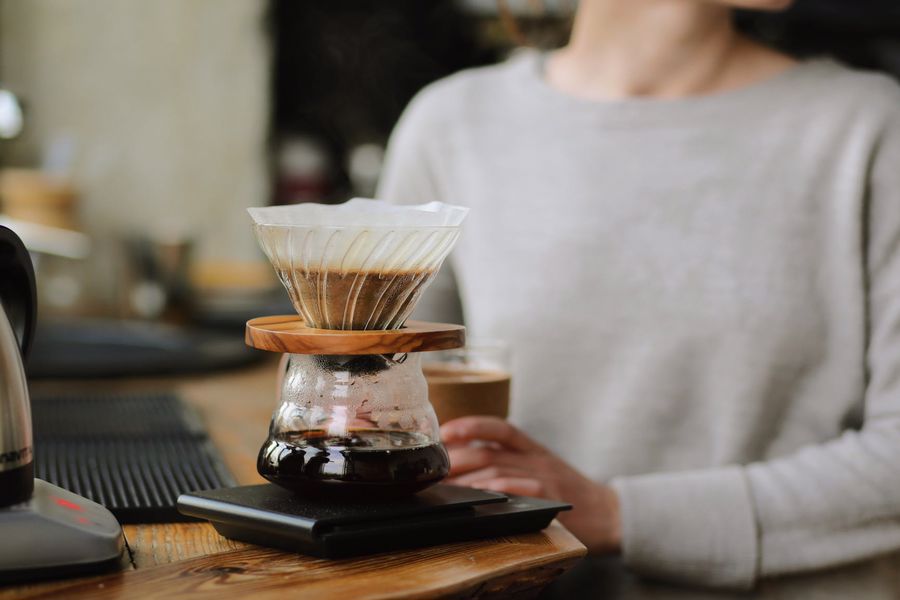
When making pour-over coffee, the water must be heated to the correct temperature and then poured over the grounds in a circular motion. The water should then drip through the filter and into the cup.
This requires more precision and attention, therefore, taking longer than the Keurig brewing method. However, if done correctly, it can yield a strong cup of coffee full of flavor.
When to Drink Pour-Over Coffee
Pour-over coffee is a great choice for those times when you want to take your time and enjoy a cup of coffee. Pour-over coffee takes a little longer to make than Keurig coffee. However, the result is well worth the wait.
Pour-over coffee is also a great choice for those who appreciate quality coffee. Because you’re brewing the coffee yourself, you can control the grind size and water temperature, which leads to a richer and more flavorful cup of coffee.
Pour-over coffee is also a great choice for those who want to avoid caffeine. Unlike most Keurig pods, you can make pour-over coffee with decaf beans. Plus, you can control the amount of coffee you use, making a weaker cup of coffee if you want to avoid too much caffeine.
When to Drink Keurig Coffee
Keurig coffee is an excellent choice for those times when you need a quick pick-me-up.
If you’re in a hurry and don’t have time to make a pot of traditional coffee, Keurig is the perfect option. Pop in a pod, hit the button, and within minutes you’ll have a fresh cup of coffee.
Keurig is also great for those times when you want something sweet. Most Keurig pods come with flavored syrups, which add a delicious sweetness to your cup of joe. Plus, there are plenty of options for decaf drinkers and those who prefer their coffee on the lighter side.
When to Avoid Drinking Keurig Coffee
- When you’re on a diet: Keurig coffee is high in calories and can quickly derail your diet. If you’re trying to watch your weight, it’s best to avoid Keurig coffee.
- When you’re pregnant: Pregnant women should avoid caffeine altogether, so that means no Keurig coffee. Caffeine can increase the risk of miscarriage, so it’s best to avoid it altogether.
- When you’re breastfeeding: Like pregnant women, breastfeeding mothers should avoid caffeine. Caffeine can pass into breast milk and may cause problems for your baby.
Which Coffee Is Better?
If you want convenience, then Keurig is the way to go. However, if you want quality coffee, pour-over is the better option. Whichever method you choose, make sure you use fresh, high-quality products. This will ensure that you get the best flavor possible.
When it comes to taste, pour-over coffee is superior to Keurig coffee. This is because Keurig machines brew a lot of coffee at once, which can lead to a watered-down flavor. With pour-over coffee, you can customize the strength and flavor of your coffee by adjusting the amount of coffee you use.
In terms of health, both Keurig and pour-over coffee have their pros and cons. Pour-over coffee is a healthier choice because it’s made with fresh, filtered water and quality coffee beans. However, Keurig coffee is a better choice for those trying to avoid caffeine.
Final Thoughts
The decision on which brewing method between pour-over vs Keurig is better ultimately comes down to personal preference. If you want convenience and affordability, then Keurig is a good option. However, if you want quality coffee with a rich flavor, pour-over is the way to go.

